Home » Wind Energy » How Does International Wind Energy Development Occur?
How Does International Wind Energy Development Occur?
Wind energy is a universal resource. It can satisfy a multitude of global energy problems not only theoretically but also in actuality. It can be used to generate electricity, the leading source of energy of the twenty-first century. From the finite nature of fossil fuels, their geographically uneven distribution, and the resulting climate change due to its burning, to the dangers of the nuclear sector, recently experienced so dramatically in Fukushima, these problems are increasingly being answered through the generation of electricity by means of regenerative sources, especially with the use of wind energy.
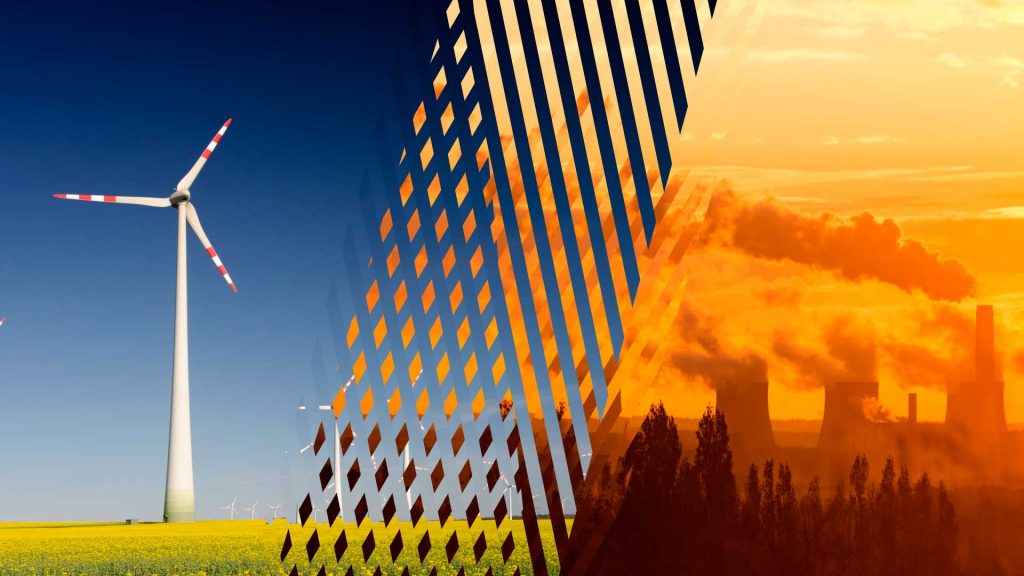
The Modern Energy Debate
The international energy debate reached a new dimension with the publication of Meadows'Limits to Growth, the report of the Club of Rome. The shock of the first oil crisis in 1973 hit the industrialised world hard: fuel shortages and distributions, and in Germany there was even a prohibition on driving on Sundays. These were the scenarios that demanded a realignment of resources.
The nuclear accidents of Harrisburg and especially Chernobyl (1986) marked a further dimension in the hazards caused by energy supply. The so-called peaceful use of nuclear energy was increasingly questioned with regard to its risks. Citizens' movements formed, and the Green political movement came into existence in many countries as a result of these protests.
The third great challenge of the international energy supply was the climate debate that began in the 1980s. Awareness grew that anthropogenous effects has an ever-increasing influence on the Earth’s climate. Questions of security -geostrategic military challenges as well as security of supply-dominated the current debate.
Even though these three debates took place at different times, it was attempted, for instance, to use the climate debate to drive more rapid expansion of nuclear energy as a supposedly CO2-free form of wind power generation. Yet it was the continual development of renewable energy carriers, especially wind energy, that was an important and growing part of the argument. This connection was also made by the UN General Secretary Ban Ki-moon when he made the request for Sustainable Energy for All with the target year 2030.
Otherwise, for the hazards from climate change as well as for the nuclear risks, the formula avoid the unmanageable and manage the unavoidable applies. Two issues supported and strengthened this trend. One was the historical experience with the use of wind energy as part of the development of human civilization since the eighth century. The other is an already decades-long tradition of research and development in this field, whether in the US, in Germany, Denmark, the Netherlands or the UK.
In 1993 the breakthrough of a limit was celebrated at the European Wind Energy Conference in Schleswig-Holstein: 1000MW had been installed. The year 2011 saw a new dimension: throughout the world 240,000MW had been erected, and of this more than 1000MW in 21 individual countries.Not only have the size and number of turbines continually grown, but also the number of countries in which wind energy is used. The USA, Denmark, Germany and Spain are pioneers in the early development of wind energy. For a long time it had been feared that this group of.
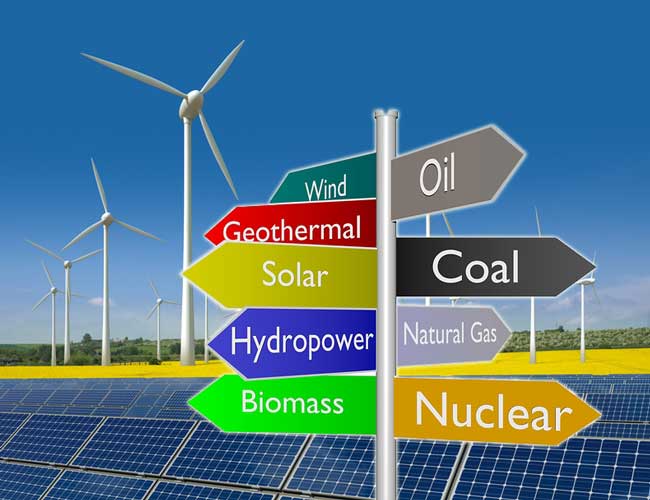
The Reinvention of the Energy Market
The very uneven regional and thus political distribution of conventional fuels was, and remains, a formative cause of the crisis. Whether oil, gas, coal or uranium, the presence of fuels on national territory and its import/export potential or dependence determines a region's welfare, development and economic growth. The OPEC price cartel, cheap and highly subsidised coal mining, the highly dangerous nuclear fuel cycle of uranium, and the specific dependencies of the capacity-linked gas supply, have all led in different ways to external political stresses, even wars, and political distribution disparities accompanied by serious internal conflicts.
In the modern history of humanity – the history of industrialisation – the energy markets have always been politically designed or influenced. Government energy suppliers, monopolitical and oligopolitical raw material supporters shape the global energy economy. The ten largest (measured by reserves) oil and gas companies in the world are in government hands.
The intensity of regulation of the energy market is shaped in an extremely differentiated manner; a scale of 0 to 100 would be fully used up. The correlation with the Global Corruption Index of Transparency International is eye-opening. The spectrum of political influence ranges from Atoms for Peace through the Kohlepfennig (coal penny) to the oligarchical Gazprom, from research programmes to the EU rules and regulations. The regulatory configuration of the EU domestic market is one of the most important and complex political processes of the present time.
However, this is far overshadowed by the interminable negotiations on an international climate protection agreement. The 2 target of Copenhagen has so far no binding international effect. The intention to come to an agreement on a target by 2015 must be seen as some sort of success in connection with the conference in Durban, in order not to feel more hopelessness.
Some global problems the security, environmental and social difficulties in energy demand coverage remain without an international framework. The analogy to the situation of the financial markets is forced upon one. The remark "If the climate were a bank, they'd have saved it by now" was occasionally heard at the peak of the post-Lehmann Brothers crisis. In both fields, binding agreements and regulatory standards are urgently needed and equally far away. In both fields the potential danger for the state, the economy and society grows constantly. For both areas it is the case that only enforceable, international binding agreements can have a permanent effect. The protection of the climate and the regulation of the financial markets present the international community with new dimensions of cooperation, but are necessary for survival of the global ecology as well as for the economy.

The Modern Energy Debate
The international energy debate reached a new dimension with the publication of Meadows'Limits to Growth, the report of the Club of Rome. The shock of the first oil crisis in 1973 hit the industrialised world hard: fuel shortages and distributions, and in Germany there was even a prohibition on driving on Sundays. These were the scenarios that demanded a realignment of resources.
The nuclear accidents of Harrisburg and especially Chernobyl (1986) marked a further dimension in the hazards caused by energy supply. The so-called peaceful use of nuclear energy was increasingly questioned with regard to its risks. Citizens' movements formed, and the Green political movement came into existence in many countries as a result of these protests.
The third great challenge of the international energy supply was the climate debate that began in the 1980s. Awareness grew that anthropogenous effects has an ever-increasing influence on the Earth’s climate. Questions of security -geostrategic military challenges as well as security of supply-dominated the current debate.
Even though these three debates took place at different times, it was attempted, for instance, to use the climate debate to drive more rapid expansion of nuclear energy as a supposedly CO2-free form of wind power generation. Yet it was the continual development of renewable energy carriers, especially wind energy, that was an important and growing part of the argument. This connection was also made by the UN General Secretary Ban Ki-moon when he made the request for Sustainable Energy for All with the target year 2030.
Otherwise, for the hazards from climate change as well as for the nuclear risks, the formula avoid the unmanageable and manage the unavoidable applies. Two issues supported and strengthened this trend. One was the historical experience with the use of wind energy as part of the development of human civilization since the eighth century. The other is an already decades-long tradition of research and development in this field, whether in the US, in Germany, Denmark, the Netherlands or the UK.
In 1993 the breakthrough of a limit was celebrated at the European Wind Energy Conference in Schleswig-Holstein: 1000MW had been installed. The year 2011 saw a new dimension: throughout the world 240,000MW had been erected, and of this more than 1000MW in 21 individual countries.Not only have the size and number of turbines continually grown, but also the number of countries in which wind energy is used. The USA, Denmark, Germany and Spain are pioneers in the early development of wind energy. For a long time it had been feared that this group of.

The Reinvention of the Energy Market
The very uneven regional and thus political distribution of conventional fuels was, and remains, a formative cause of the crisis. Whether oil, gas, coal or uranium, the presence of fuels on national territory and its import/export potential or dependence determines a region's welfare, development and economic growth. The OPEC price cartel, cheap and highly subsidised coal mining, the highly dangerous nuclear fuel cycle of uranium, and the specific dependencies of the capacity-linked gas supply, have all led in different ways to external political stresses, even wars, and political distribution disparities accompanied by serious internal conflicts.
In the modern history of humanity – the history of industrialisation – the energy markets have always been politically designed or influenced. Government energy suppliers, monopolitical and oligopolitical raw material supporters shape the global energy economy. The ten largest (measured by reserves) oil and gas companies in the world are in government hands.
The intensity of regulation of the energy market is shaped in an extremely differentiated manner; a scale of 0 to 100 would be fully used up. The correlation with the Global Corruption Index of Transparency International is eye-opening. The spectrum of political influence ranges from Atoms for Peace through the Kohlepfennig (coal penny) to the oligarchical Gazprom, from research programmes to the EU rules and regulations. The regulatory configuration of the EU domestic market is one of the most important and complex political processes of the present time.
However, this is far overshadowed by the interminable negotiations on an international climate protection agreement. The 2 target of Copenhagen has so far no binding international effect. The intention to come to an agreement on a target by 2015 must be seen as some sort of success in connection with the conference in Durban, in order not to feel more hopelessness.
Some global problems the security, environmental and social difficulties in energy demand coverage remain without an international framework. The analogy to the situation of the financial markets is forced upon one. The remark "If the climate were a bank, they'd have saved it by now" was occasionally heard at the peak of the post-Lehmann Brothers crisis. In both fields, binding agreements and regulatory standards are urgently needed and equally far away. In both fields the potential danger for the state, the economy and society grows constantly. For both areas it is the case that only enforceable, international binding agreements can have a permanent effect. The protection of the climate and the regulation of the financial markets present the international community with new dimensions of cooperation, but are necessary for survival of the global ecology as well as for the economy.
Post a Comment:
You may also like:

Featured Articles
Technical Potential for Wind Energy
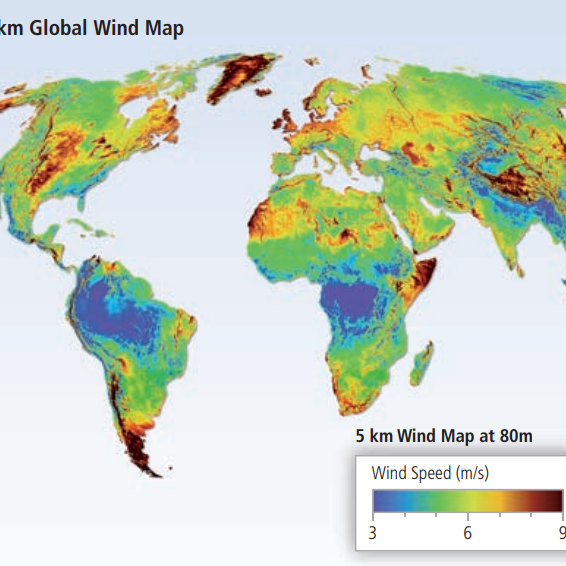 The theoretical potential for wind, as estimated by the global annual flux, has been estimated at 6,000 EJ/yr. The global ...
The theoretical potential for wind, as estimated by the global annual flux, has been estimated at 6,000 EJ/yr. The global ...
 The theoretical potential for wind, as estimated by the global annual flux, has been estimated at 6,000 EJ/yr. The global ...
The theoretical potential for wind, as estimated by the global annual flux, has been estimated at 6,000 EJ/yr. The global ...Wind Energy Background
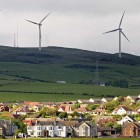 The kinetic energy in the wind is a promising source of renewable energy with significant potential in many parts of the world. ...
The kinetic energy in the wind is a promising source of renewable energy with significant potential in many parts of the world. ...
 The kinetic energy in the wind is a promising source of renewable energy with significant potential in many parts of the world. ...
The kinetic energy in the wind is a promising source of renewable energy with significant potential in many parts of the world. ...What Are the Advantages of Wind Energy?
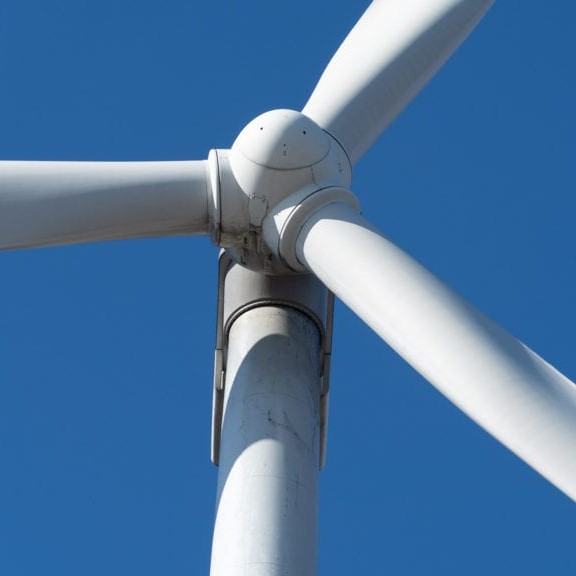 Wind power is the fastest-growing source of electricity worldwide. The American Wind Energy Association estimates that more ...
Wind power is the fastest-growing source of electricity worldwide. The American Wind Energy Association estimates that more ...
 Wind power is the fastest-growing source of electricity worldwide. The American Wind Energy Association estimates that more ...
Wind power is the fastest-growing source of electricity worldwide. The American Wind Energy Association estimates that more ...How Wind Energy is Collected and ...
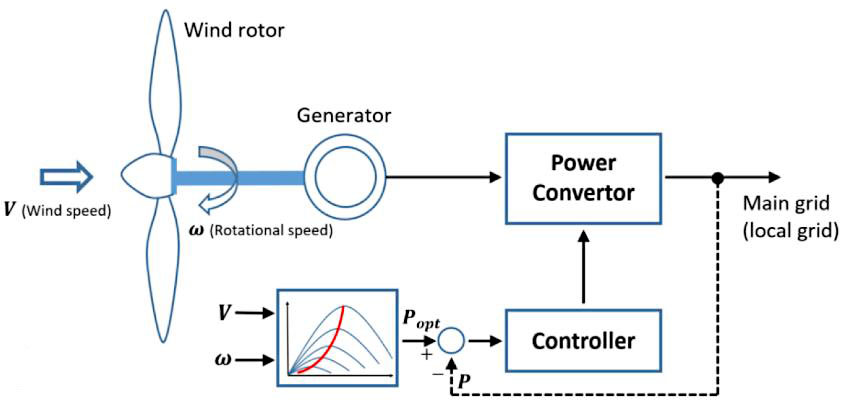 Wind energy is a form of solar energy. Earth’s atmosphere is unevenly heated by solar radiation and the air is in constant motion ...
Wind energy is a form of solar energy. Earth’s atmosphere is unevenly heated by solar radiation and the air is in constant motion ...
 Wind energy is a form of solar energy. Earth’s atmosphere is unevenly heated by solar radiation and the air is in constant motion ...
Wind energy is a form of solar energy. Earth’s atmosphere is unevenly heated by solar radiation and the air is in constant motion ...What is the Wind Energy Conversion ...
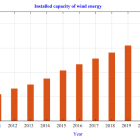 Due to technical and economic visibility, wind power has emerged as one of the most promising renewable energy sources ...
Due to technical and economic visibility, wind power has emerged as one of the most promising renewable energy sources ...
 Due to technical and economic visibility, wind power has emerged as one of the most promising renewable energy sources ...
Due to technical and economic visibility, wind power has emerged as one of the most promising renewable energy sources ...